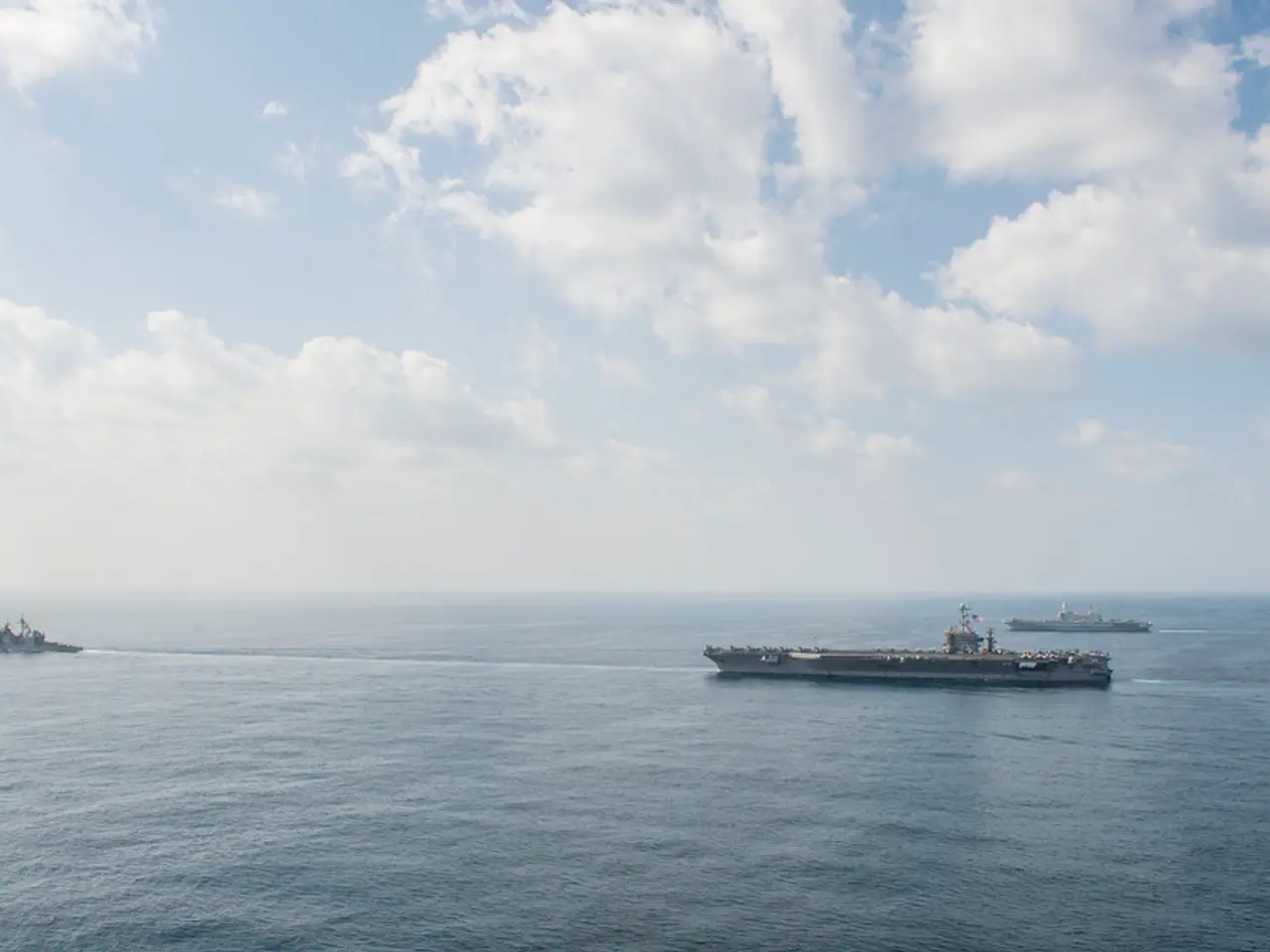International regulations instituted by Japan aim at managing and eliminating space scraps
In the vast expanse of our planet's orbit, over 54,000 tracked objects larger than 10cm and approximately 140 million pieces smaller than 1cm whizz by at breakneck speeds. These remnants of past space missions, known as space debris, pose a significant threat to active satellites providing vital services on Earth.
To combat this issue, various initiatives are underway. Astroscale, a Japanese startup, successfully demonstrated a magnetic system for debris capture using the ELSA-d satellite in 2021. This groundbreaking achievement marks a step forward in the quest to safeguard our satellites.
The European Space Agency (ESA) is also joining the fray with the ClearSpace-1 mission, scheduled for 2026. This mission aims to test the capture of a large fragment using a robotic arm.
The Japanese Government is not resting on its laurels. It plans to develop legal and procedural frameworks for space debris removal by March 2026. This move is part of a broader strategy that involves obtaining debris data from owners (governmental and private organizations), developing capture and deorbiting technologies, and preparing proposals for UN discussion in 2026.
The objective of these frameworks is to create global standards for minimizing the risk of orbital collisions and ensuring the sustainable use of space. Japan aims to establish unified international standards for space activity participants, including private companies like SpaceX, Blue Origin, and Rocket Lab.
The increase in launches, especially by private companies, worsens the problem. For instance, the Starlink satellite constellation alone has more than 6,000 satellites, some of which may become debris. Proposed rules may require satellite operators to incorporate deorbit mechanisms at the design stage.
Japan's strategy for addressing space debris includes promoting the responsible use of space through regulation, sustainability standards, technological advancements, missions like space debris removal, and robust surveillance and tracking services.
Notably, China has also joined the race, testing a satellite with a robotic arm for debris capture in 2022 and developing laser systems to deflect small fragments.
Scientists in the USA are proposing the use of infrasound sensors to track space debris and meteoroids, potentially improving trajectory predictions. This innovation could further enhance our ability to protect our satellites and maintain the health of our orbiting environment.
Without regulation, the current situation threatens the future of space exploration and increases the likelihood of a cascade effect, or Kessler Syndrome, where the accumulation of debris leads to a chain reaction of collisions, making space travel increasingly dangerous.
Japan's proactive approach to space debris removal and management is a beacon of hope in the quest for a safer and more sustainable space environment. The proposed international standards, if implemented, could pave the way for a new era of responsible space exploration.
Read also:
- "Eco-Scam": Unveiling the Truth about Electric Vehicles
- European transportation's sustainability and competitiveness rely on a "green industrial agreement" that serves the interests of both corporations and residents, as discussed in an Editorial from August 2024.
- Indian Oil Corporation's Panipat Refinery secures India's inaugural ISCC CORSIA accreditation for Sustainable Aviation Fuel production
- Porsche Macan Accelerates into Second Generation of Electric Power







